This is stream of consciousness from my efforts at NaNoWriMo last fall. This is fiction. I wrote 1,000 words a day for 30 days. This excerpt was selected at random this afternoon. This is raw data. For better or for worse, it’s unedited.
I finally arrive and set up as close to the ocean as possible. Only a few people are out. I stretch out my sheet and lay my belongings on top. I quickly strip down to my suit. It’s a simple black bikini this time, and I’m aware of a few appraising eyes glancing at my glutes. I tie my hair in a messy knot atop my head and stride toward the ocean. I sigh as my feet, right first, then left, touch the cool, clear water. The bottoms of my feet barely register the little shells underneath.
I walk on.
 The water is to my ankles. My calves. I stretch my hands out, beckoning the water to me. Beckoning my spirit to it. I keep walking. My hips are underwater now. I stop and slide down, until the water is at my neck. On my knees, I am still. I play a game with the water, keeping my abs tight, trying not to move my body. It’s good exercise.
The water is to my ankles. My calves. I stretch my hands out, beckoning the water to me. Beckoning my spirit to it. I keep walking. My hips are underwater now. I stop and slide down, until the water is at my neck. On my knees, I am still. I play a game with the water, keeping my abs tight, trying not to move my body. It’s good exercise.
Once fatigue sets in I stand up and walk a little deeper into the water. The waves come toward me and I draw them to me with big sweeping gestures to pull the water in. a little ritual. I say a little prayer – I welcome all the blessings and love of the universe into my heart, into my life. I turn around, facing the shore. Starting at my chest, I push outward, pushing the water away. I say another prayer – I expel all of the thoughts and doubts and sadness that no longer serve me. I pray that all the negativity is transmuted for the good of all mankind.
I turn around and repeat this ritual several times. Then I just play in the water for awhile. Spying the few people in the ocean with me. Admiring the sun. I swat at the schools of fish to see what they’ll do. They change direction and keep moving. There’s a lesson in that.
After about 20 minutes, I decide it’s nap time. I stroll back to the beach and begin untying my hair. I towel off and spray the Banana Boat liberally on my exposed skin. I add sunblock to my face and don my floppy beach hat. I stretch out on my back and begin dozing to my favorite sound in the world.
—
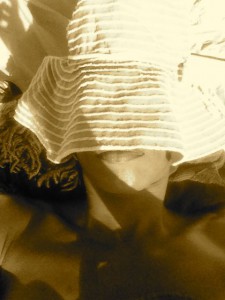 I wake up a few times and turn over. Don’t wanna be too brown on one side. Eventually I can no longer ignore the gnawing in my stomach. It’s lunch time. It’s been a long time since I’ve eaten alone. I tell myself it’ll be fun. Like old times. Relearning to enjoy singledom and solitude?
I wake up a few times and turn over. Don’t wanna be too brown on one side. Eventually I can no longer ignore the gnawing in my stomach. It’s lunch time. It’s been a long time since I’ve eaten alone. I tell myself it’ll be fun. Like old times. Relearning to enjoy singledom and solitude?
I guess.
I begin driving along the causeway just looking for someplace that might have some good fried oysters. I eventually stop at a Green Iguana. I know for sure they have good turkey burgers, and that would be yummy too.
How many? Asks the host. His spiked Mohawk just cool enough.
… Just one.
He begins to lead me to a table when I ask to go outside. I sit at one of the tall tables, remembering the last time I was here. Sophia and I met in person for the first time. She was a friend of a friend who thought it would be nice if we connected. It was. We did. Although I never saw her again after that. Our lives simply weren’t in sync.
I ordered the turkey burger I wanted. Avocado and pepper jack cheese. Lettuce, tomato. No onion. Fries. Yummy indulgences. I brush away tears from time to time. I savor each bite although I secretly want to wolf it down and get out of there as quickly as possible. Another round of tears I hide as those darn allergies. I even pull out a book to read. Zora Neal Hurston keeps me company. Probably not the most upbeat book in places, although it’s one of my favorites. Maybe I need to get a comedy or something more neutral that doesn’t involve relationships at all.
I think about going to Barnes and Noble to find another book. Then I remember, that’s where I met Daniel. I have a library card. I can go there instead. Or I can go home and download some ebooks.
I tell myself it’s okay. I’ll be okay. Today it’s just an exercise to prove to myself that I can be alone. That I can continue. Tomorrow I’ll do something similar. Go to my favorite dinner spot. Maybe I’ll even cook by the end of the week.
And one day, I’ll even remember what happiness feels like.
I posted a fiction excerpt one other time. Check it out here.


 Reading it makes me wonder how much wisdom gets lost because women don’t share their most intimate thoughts? Either aloud or in writing? Many of us live our lives, and simply figure out the hard shit as we go along.
Reading it makes me wonder how much wisdom gets lost because women don’t share their most intimate thoughts? Either aloud or in writing? Many of us live our lives, and simply figure out the hard shit as we go along. The water is to my ankles. My calves. I stretch my hands out, beckoning the water to me. Beckoning my spirit to it. I keep walking. My hips are underwater now. I stop and slide down, until the water is at my neck. On my knees, I am still. I play a game with the water, keeping my abs tight, trying not to move my body. It’s good exercise.
The water is to my ankles. My calves. I stretch my hands out, beckoning the water to me. Beckoning my spirit to it. I keep walking. My hips are underwater now. I stop and slide down, until the water is at my neck. On my knees, I am still. I play a game with the water, keeping my abs tight, trying not to move my body. It’s good exercise. I wake up a few times and turn over. Don’t wanna be too brown on one side. Eventually I can no longer ignore the gnawing in my stomach. It’s lunch time. It’s been a long time since I’ve eaten alone. I tell myself it’ll be fun. Like old times. Relearning to enjoy singledom and solitude?
I wake up a few times and turn over. Don’t wanna be too brown on one side. Eventually I can no longer ignore the gnawing in my stomach. It’s lunch time. It’s been a long time since I’ve eaten alone. I tell myself it’ll be fun. Like old times. Relearning to enjoy singledom and solitude?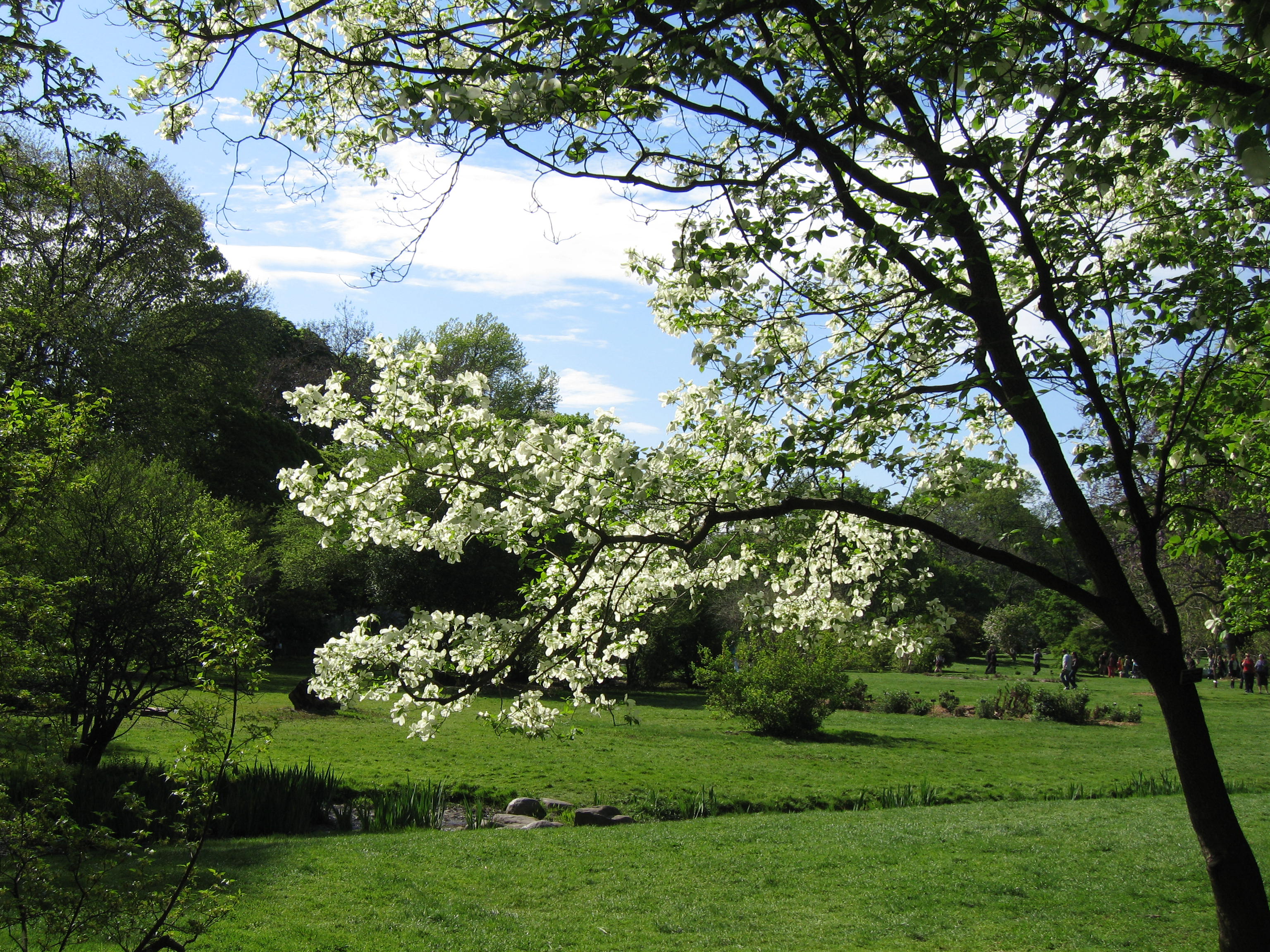
 February 4, 1980
February 4, 1980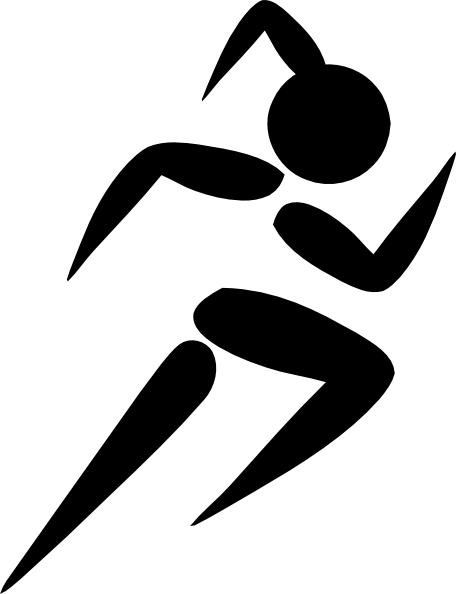
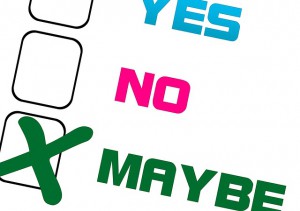
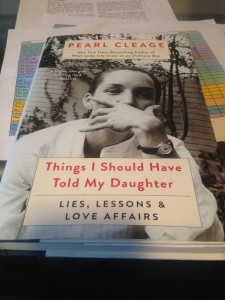 The rain is tapping a sleepy rhythm outside, and I’ve been fighting sleep (I lost one battle) throughout the day. April showers bring May flowers and all that, but I can’t help but wish for warmer temps to help cheer the gray days.
The rain is tapping a sleepy rhythm outside, and I’ve been fighting sleep (I lost one battle) throughout the day. April showers bring May flowers and all that, but I can’t help but wish for warmer temps to help cheer the gray days.